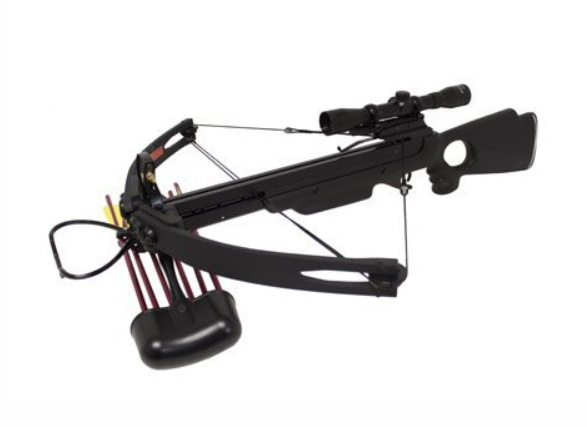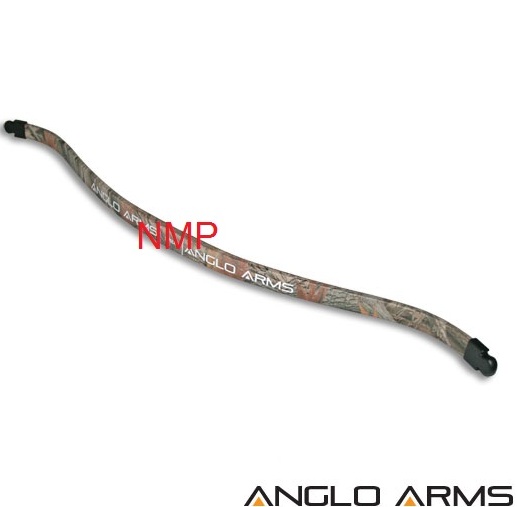

And this advantage is not what most folks might think. The reason this is such a GREAT question is that it helps to lay bare what I consider to be the greatest hunting advantage of shooting a high-performance crossbow. Next, let us address the reader’s question: “Should arrow weight differ depending on how powerful my crossbow is?” The short answer is yes. Most crossbow hunters choose to shoot a heavy arrow, like the EVO-X CenterPunch Premium Carbon Arrow, to increase penetration power instead of a light arrow which only maximizes arrow speed. For this reason, most crossbow hunters choose the heavy arrow and are willing to sacrifice some arrow speed because of the increased amount of penetration power that the heavy arrow will inflict upon the animal. Generally, a light arrow that travels faster out of your hunting crossbow will have a lower amount of kinetic energy than a heavy arrow traveling more slowly. The amount of kinetic energy is determined by both the weight and the speed of the arrow. A high amount of kinetic energy means that the arrow will hit the target harder and will penetrate farther than an arrow that carries a lower amount.

In other words, kinetic energy is a measurement of how much force is exerted by the arrow onto its target. The kinetic energy of your arrow is how much energy the arrow carries in flight. A lighter arrow that shoots faster out of your crossbow may be a great arrow to use for competitive target shooting, but it may not be the best crossbow arrow for hunting. Now that you know why your choice of arrow weight directly affects your hunting crossbow’s speed, let us discuss an arrow’s kinetic energy measurement and why you should consider its significance in the context of crossbow hunting. However this light crossbow arrow may not be the best crossbow arrow for hunting. Most crossbows are marketed with an “up to” speed rating, determined by the manufacturer typically by using the lightest arrow required for the crossbow. Arrow weight is the only factor that you can directly control to change your crossbow’s speed. A light arrow is easier to move from rest than a heavy one, so your crossbow will shoot a light arrow faster than it will shoot a heavy one. When a crossbow transfers the energy stored in the bow assembly to the arrow through the string and accelerates the arrow down the flight rail, it delivers the same amount of force to the arrow when it launches it each time.

TenPoint’s Wicked Ridge Rampage 360 crossbow utilizes the same stock, flight rail, and bow assembly configuration as the Invader 400, giving it the same 13.5-inch power stroke, however the string on the Rampage 360 is mounted at 175-pounds, thus yielding a speed of 360 feet-per-second with the same 370-grain arrow.Īrrow weight is the third, and perhaps most important, factor that determines crossbow speed because it is the only one of the three factors that you can directly control with your crossbow arrow choice. If you have two identical crossbows with the same power stroke but the string on one is mounted at 10-pounds heavier draw weight, it will shoot faster than the one with the lighter draw weight because the force of acceleration is greater.įor example, TenPoint’s Wicked Ridge Invader 400 crossbow has a 13.5” power stroke, a draw weight of 185-pounds, and shoots a 370-grain arrow at 400 feet-per-second. The draw weight of a crossbow also factors into its speed. Reverse draw crossbows have a power stroke advantage over forward draw crossbows. This is why reverse draw crossbows have an advantage over forward draw crossbows. Generally speaking, crossbows that have longer power strokes will shoot faster than crossbows with shorter ones because the string accelerates the arrow for a longer distance. Power stroke is the distance, in inches, that the string accelerates an arrow down a crossbow’s flight rail.


 0 kommentar(er)
0 kommentar(er)
